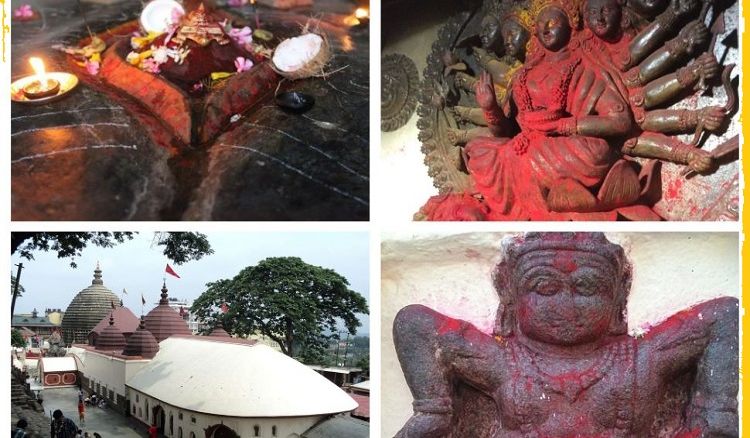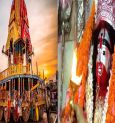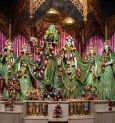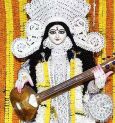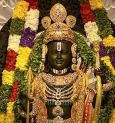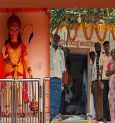An annual fair known as the Ambubachi Mela takes place in June at the Kamakhya Temple in Guwahati. The temple is located on top of Ninanchal Hill and is one of the most famous tourist destinations in Assam. The Kamakhya Temple is known to be one of the 52 Sati Peeths of goddess Sati. In this temple, the goddess’s womb and genitals fell.
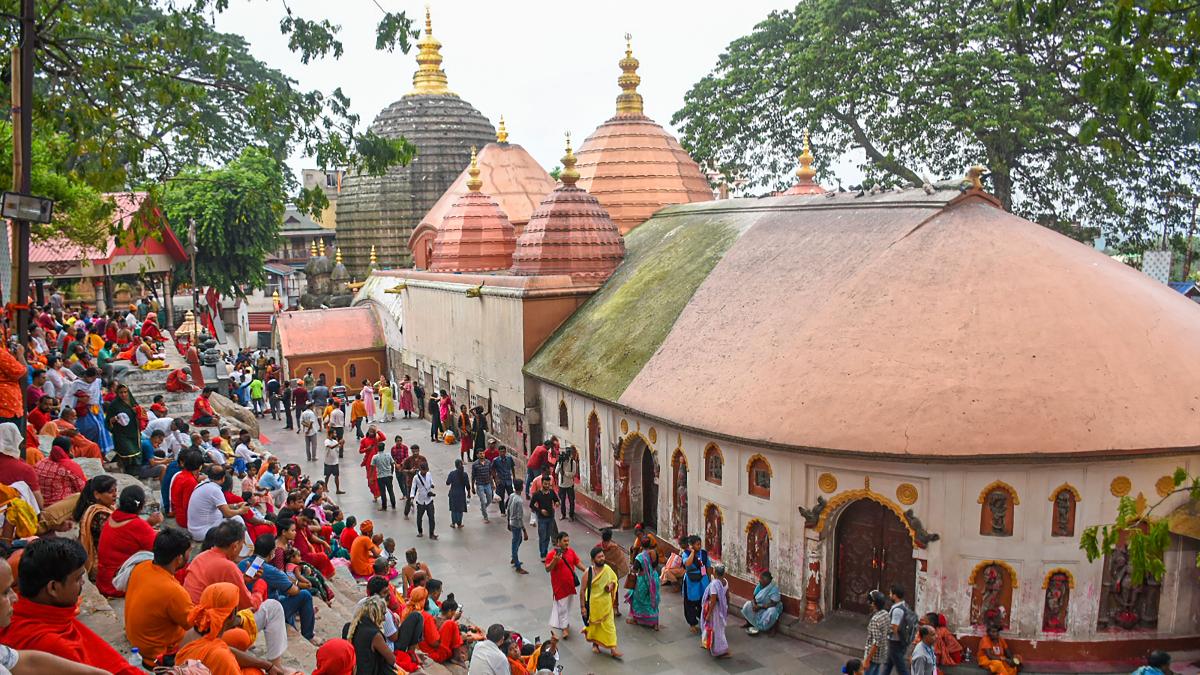
Each year during this time, the temple remains closed for three days and is opened to the public on the fourth day of the fair. The three days when the temple is closed for pilgrims are considered to be the time of year when the goddess menstruates. It is an auspicious period when women pray for fertility and celebrate their childbearing capabilities. It is heard that on the fourth day of the Ambubachi Mela, when the temple is opened to the public, everyone looks forward to receiving a piece of cloth soaked in what’s said to be the goddess’s menstrual fluid. Locals believe that visiting Kamakhya temple after the Ambubachi Period fulfils every special wish of the devotees, and if someone keeps that red cloth at home, then all the sufferings will go away from their lives.
Not only that, during this time, the water of the Brahmaputra River turns red for three days. No one has been able to explain the reason until today. However, there are many controversies about it. It is believed that this particular change is due to the menstruation period of the goddess.
The Ambubachi Mela is also a great time to take a good look into Assam’s culture and tradition. If you interact with the locals at this Ambubachi Mela, you can gain knowledge about the age-old traditions and practises. During the Ambubachi Mela, many people gather near the temple in large numbers, and the Kamakhya Temple gets into a festive mood.
 বাংলায় পড়ুন
বাংলায় পড়ুন


